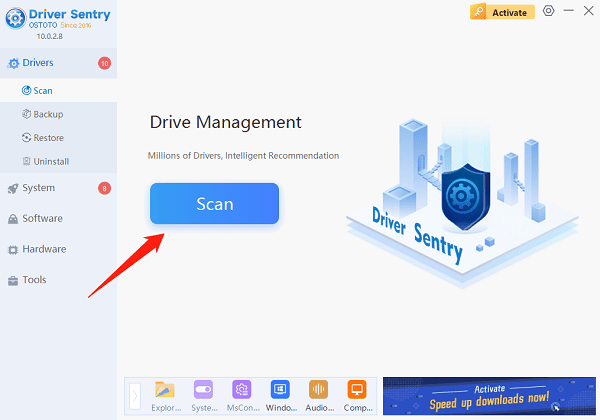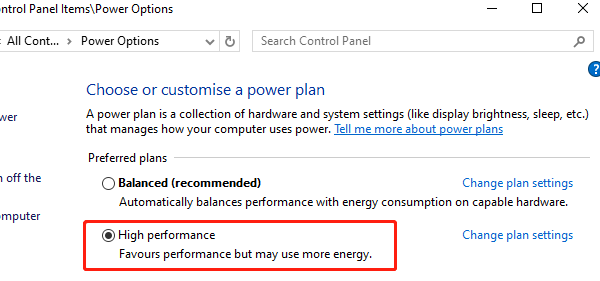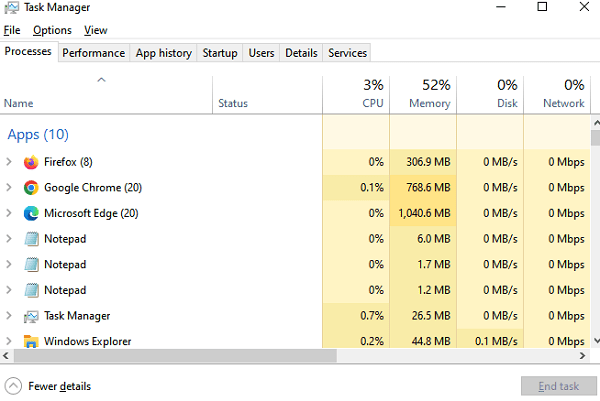
In the process of using multiple monitors, lagging on the second monitor while playing games is a common problem. The following is a detailed description of the main solutions to this problem, to help users quickly restore a smooth multitasking experience.
Step1: Optimize Graphics Card Performance
Graphics cards need to handle multiple tasks simultaneously in a multi-monitor environment. If the graphics card performance is insufficient, the second monitor may lag.
1. Reduce game quality
When graphics card performance is tight, lowering the game quality is the quickest solution.
Reduce the resolution to a range that better suits the load on the graphics card (e.g. from 4K to 1080p).
Turn off or reduce in-game effects (e.g. shadows, reflections, and particles).
2. adjusting graphics card load distribution
Adjust the load distribution of your monitor using your graphics card control panel (e.g. NVIDIA Control Panel or AMD Radeon Software). For example, you can select "Multi-Monitor Performance Mode" or "Balanced Mode" to optimize resource allocation.
3. Upgrade the graphics card hardware
If your current graphics card cannot meet the demands of high-definition gaming and multiple monitors, you can consider upgrading your graphics card. Choose a mid- to high-end graphics card that supports multi-monitor environments (e.g. NVIDIA RTX 4060 or AMD RX 7600).
Step2: Matching Refresh Rate
1. Synchronize refresh rates
If the refresh rate difference between two monitors is too large (e.g., the primary monitor is 144Hz and the second monitor is 60Hz), it may increase the load on the graphics card.
Adjust the refresh rate to a consistent value (e.g., 60Hz or 120Hz for both) in the operating system or graphics card control panel.
If the primary monitor requires a high refresh rate, try setting it to 120Hz to minimize the difference with the 60Hz of the second monitor.
2. Enable "G-Sync" or "FreeSync" function
If the monitor supports synchronization technology, you can enable these features to reduce the latency problem.
Step3: Update Graphics Card Driver
Updating the graphics card driver is critical to the stability of a multi-monitor setup. Driver Sentry is recommended for automatic driver detection and updates, saving time and avoiding errors during installation.
Click the download button to get the latest version of Driver Sentry. After installation, open the software and click "Scan".

After the scan, identify the display driver in the results list and click "Upgrade".
Restart your computer after updating the drivers to ensure the changes take effect.
Step4: Adjust System Settings
1. Enable High Performance Power Plan
In Windows, switch the power plan to "High Performance" mode to ensure that the system prioritizes the allocation of resources to the graphics card and CPU.

2. Disable Windows Gaming Mode
Windows Gaming Mode prioritizes the allocation of resources to games on the primary monitor, which may cause lag on the secondary monitor. Turn it off in the settings to balance resource allocation.
3. Optimize graphics card settings
In the NVIDIA or AMD control panel, set the performance priority to "High Performance Mode".
Disable Vertical Synchronization (V-Sync) to reduce latency between multiple monitors.
Step5: Reduce Background Resource Usage
1. Close irrelevant programs
When the game is running, close programs that consume a lot of resources (e.g. browser, video player). Especially applications that play HD videos or 3D content can significantly increase the burden on the graphics card.
2. Monitor system resources
Use Task Manager or other monitoring tools to check resource utilization and terminate background processes that consume too much CPU and GPU resources.

Step6: Reasonable Allocation of Monitor Tasks
When using multiple monitors, you can reduce the burden on the graphics card by reasonably assigning tasks:
1. Assign light tasks to the second monitor
Avoid running applications with high performance requirements (such as video editing software or high-resolution streaming media playback) on the second monitor. Place lightweight tasks (such as chat windows or monitoring tools) on the second monitor.
2. Connect the second monitor to an integrated graphics card
If supported by the motherboard and monitor, you can connect the second monitor to an integrated graphics card and the primary monitor to a discrete graphics card to share the graphics load.
Step7: Enable Hardware Acceleration
1. Enable hardware acceleration for programs
Ensure that the applications running on the second monitor (such as browsers or video players) have hardware acceleration enabled to reduce the computational burden on the CPU.
2. Check hardware acceleration settings
Make sure the hardware acceleration option is enabled in the system and graphics card driver to improve multitasking efficiency.
Above is the way to fix the problem of second monitor lag when playing games, hope it will help you.
See also:
Fix WDF_Violation Blue Screen Error on Windows
How to Fix Monitor Connected but No Signal